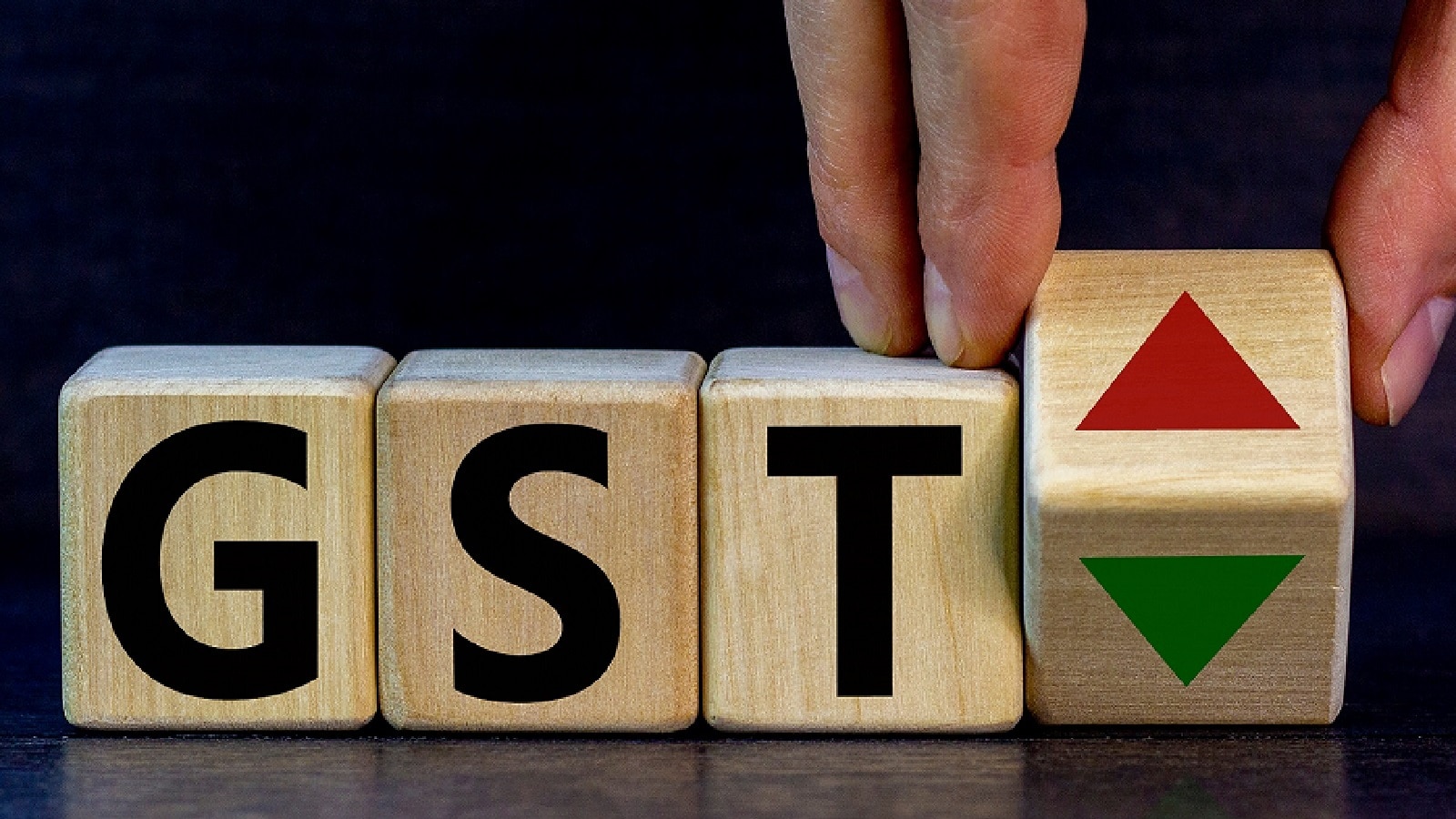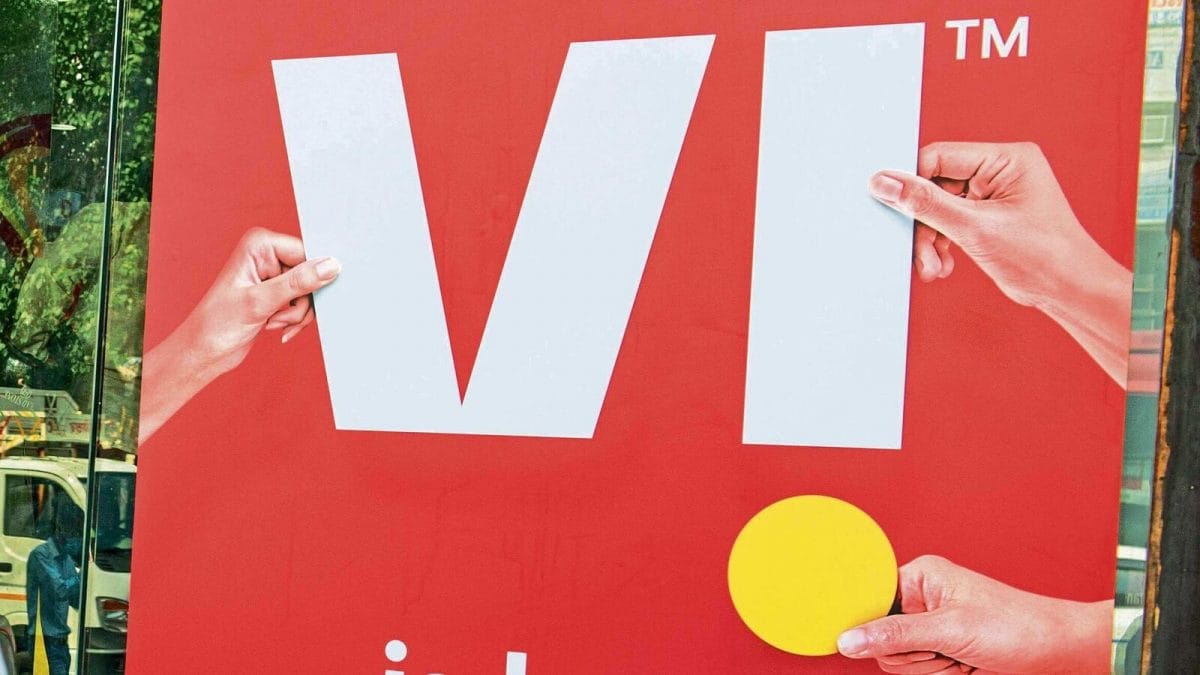Last Updated:
The proposal also signals that some goods will become significantly costlier

The finance ministry has reportedly put forward a proposal to the GST Council to move from the existing four-slab system to a two-slab model, with rates of 5% and 18%. Representational image
India is on the brink of a major GST overhaul that promises to simplify the tax structure and significantly alter the cost of goods and services for millions of consumers. The finance ministry has reportedly put forward a proposal to the GST Council to move from the existing four-slab system to a two-slab model, with rates of 5% and 18%.
This strategic shift is designed to make the tax system more straightforward and, as promised by the Prime Minister, to provide a “Diwali bonanza” to citizens.
Cheaper: Processed food, phones
Under the new proposal, a vast majority of items used by the common person are slated to become cheaper. The plan outlines that 99% of commodities currently taxed at 12% would be shifted to the lower 5% bracket. This change is expected to bring down the prices of a wide range of goods, including processed food items like butter, ghee, and packaged fruit juices.
Other products, such as mobile phones, which are essential for students and the aspirational middle class, are also likely to see a rate reduction from 12% to 5%. This move would not only make these items more accessible but also boost consumption, which the government believes will fuel higher GDP growth.
Boost for rural livelihood, essential services
For sectors that are crucial to rural livelihoods, such as handicrafts and certain agricultural equipment, the new structure could mean much-needed financial relief. Essential services like medicines, health, and insurance premiums, which are currently taxed at higher rates, are also expected to see a reduction, making them more affordable for a wider population.
The simplified tax structure is also intended to streamline business operations for traders and MSMEs, with promises of benefits like quick refunds and easier calculations.
‘Sin tax’ items, luxury goods to get costlier
While many items are poised to get cheaper, the proposal also signals that some goods will become significantly costlier. The new plan introduces a “special rate” of 40% for a select few “sin items” and luxury goods, as an additional punitive tax. These products, which are considered injurious to health or are non-essential, include tobacco, cigarettes, and pan masala.
By moving these items to a much higher tax slab, the government aims to curb their consumption and generate higher revenue from them, thereby offsetting any potential revenue loss from the rate rationalisation on other goods.
The News Desk is a team of passionate editors and writers who break and analyse the most important events unfolding in India and abroad. From live updates to exclusive reports to in-depth explainers, the Desk d…Read More
The News Desk is a team of passionate editors and writers who break and analyse the most important events unfolding in India and abroad. From live updates to exclusive reports to in-depth explainers, the Desk d… Read More
view comments
Read More







